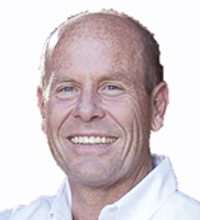Pipefitters Union Brings Strength to National Uptake of TENs
Countless building trades are assured of plentiful and high-paying jobs as utility thermal energy network systems continue to roll out.
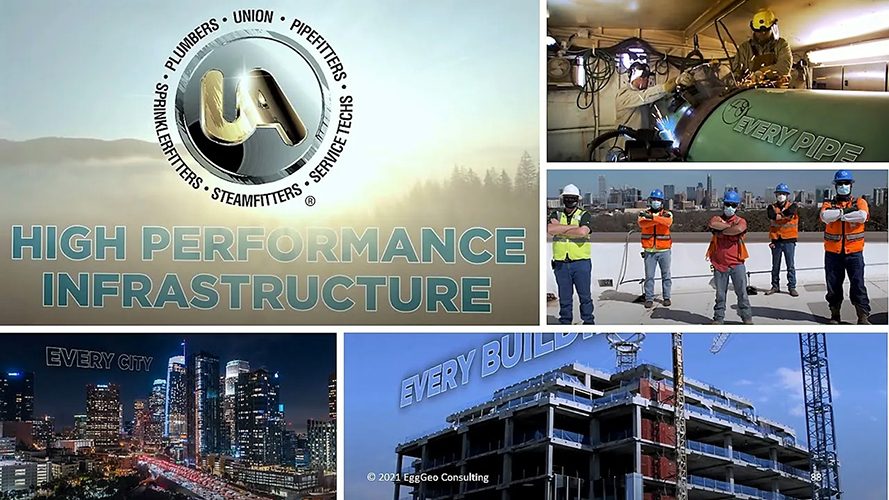
What is the common denominator in the success of thermal energy networks (TENs) in the Northeast and throughout the nation? It’s the pipefitter’s union. The full name is the United Association of Journeymen and Apprentices of the Plumbing and Pipe Fitting Industry of the United States and Canada, but most call it the UA.
The UA is responsible for the dramatic uptake of legislation to promote utility thermal energy networks (UTENs) throughout the United States.
For some history, Egg Geo installed our first TEN in Largo, Fla., in about 1990. It was a common loop with a surface water exchanger providing heating and cooling potential to a condominium complex. The project’s request for proposal showed individual loops for each condominium unit.
A common loop concept was suggested, showing the benefit of sharing thermal energy to provide waste heat to domestic hot water and pool heating. Various buildings of the complex share thermal energy, especially in the shoulder seasons, when DHW and swimming pools benefit greatly.
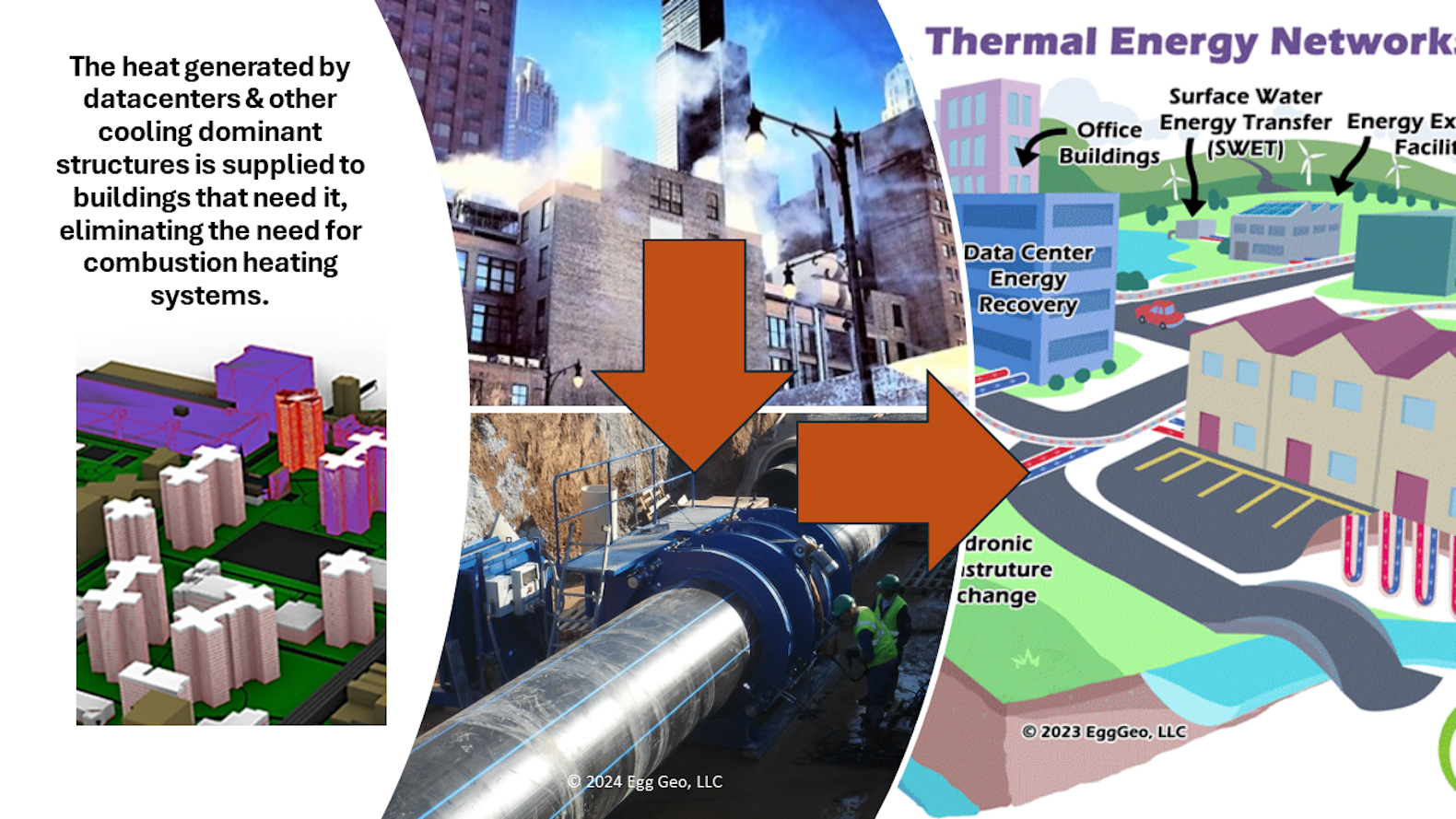
Having completed many energy networks over the ensuing decades, we began to wonder when the HVAC industry would see the genius of thermally connected buildings. Connecting buildings in a community to thermal networks provides a way to connect various sources and energy sinks at strategic locations along the TENs.
Legislative Victories
The American Recovery and Reinvestment Act of 2009 provided impressive tax credits for geothermal systems but did not provide any benefits for networking these systems. Utility Thermal Energy Networks (UTENs) decrease overall operating expenses and the capital investment for individual building owners dramatically.
That changed in 2022 when Egg Geo invited about 10 business leaders from the UA to look at a couple of projects funded by the New York State Energy Research and Development Authority in the New York City metro area. While there has been some interest in TENs as early as 2014 in New York, the business managers for the trade unions saw the genius of moving energy through networks within our cities. TENs provide answers to all the right questions.
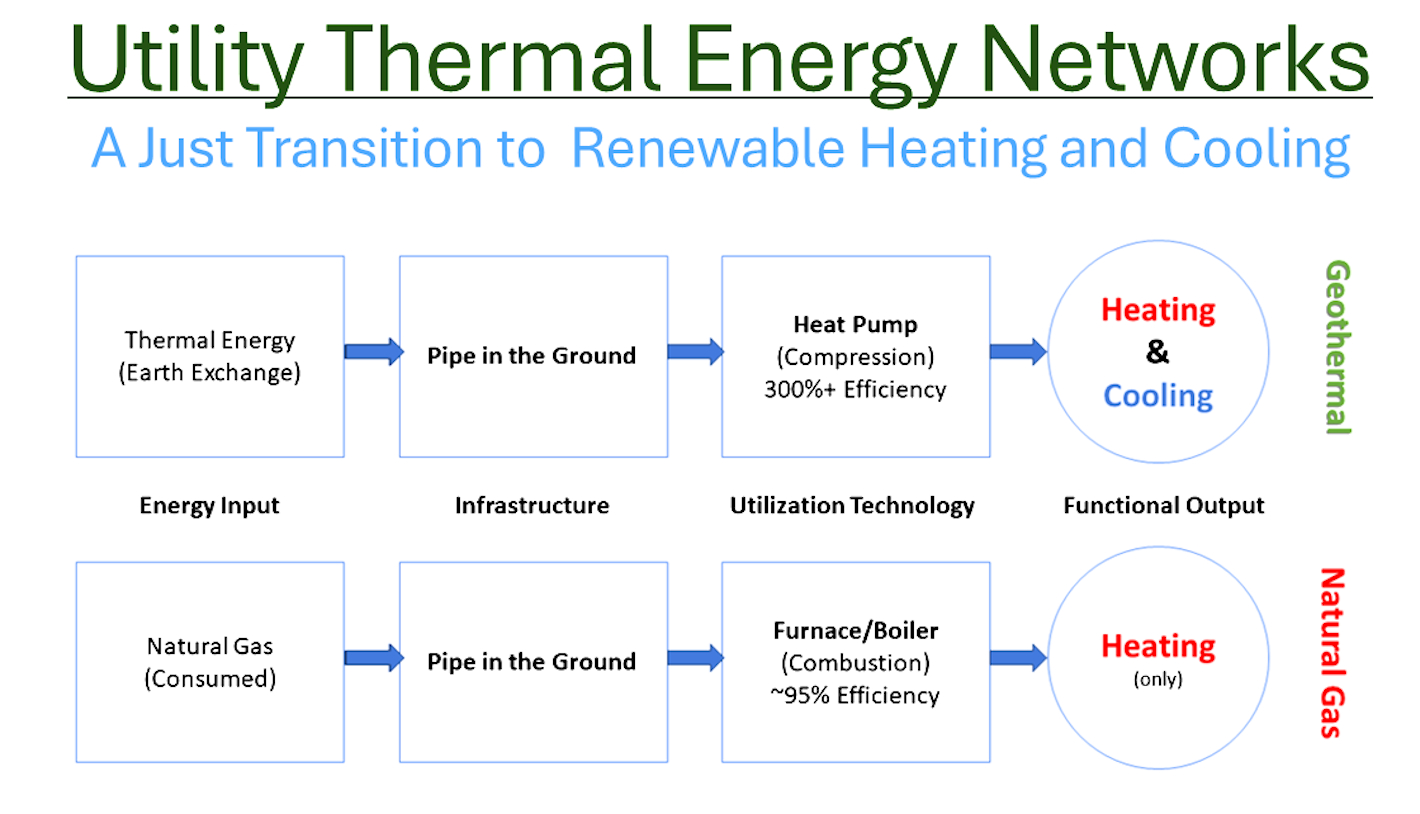
TENs eliminate the need for outside refrigeration condensers and cooling towers. The pipelines required to conduct thermal energy between buildings have brought the potential for millions of miles of U.S. piping networks. John Murphy, a former UA business manager and now a UA international representative, was so impressed with the potential he immediately engaged prominent clean energy advocacy groups in New York.
A bill was drafted and submitted to the New York State Assembly. It passed unanimously within a few months and received Gov. Kathy Hochul’s signature. The Utility Thermal Energy Networks and Jobs Act of 2022 became law on July 5, 2022. You can watch a 5-minute TENs video created by the UA here.
Building Trades and UTENs
As we travel throughout the United States, UA representatives are at nearly every renewable energy, decarbonization and electrification conference we have seen. As I’m writing this article (in late April 2024), we have returned from a week in New York, where we attended the New York Geothermal Energy Organization’s (NY-GEO) conference in Albany.
We visited with cooperatives in New York City and attended the Green Energy Symposium at the State University of New York’s (SUNY) Syracuse campus. That campus is called the SUNY College of Environmental Science and Forestry (ESF), one of the nation’s premier colleges focused on studying the environment, developing renewable technologies and building a sustainable future.
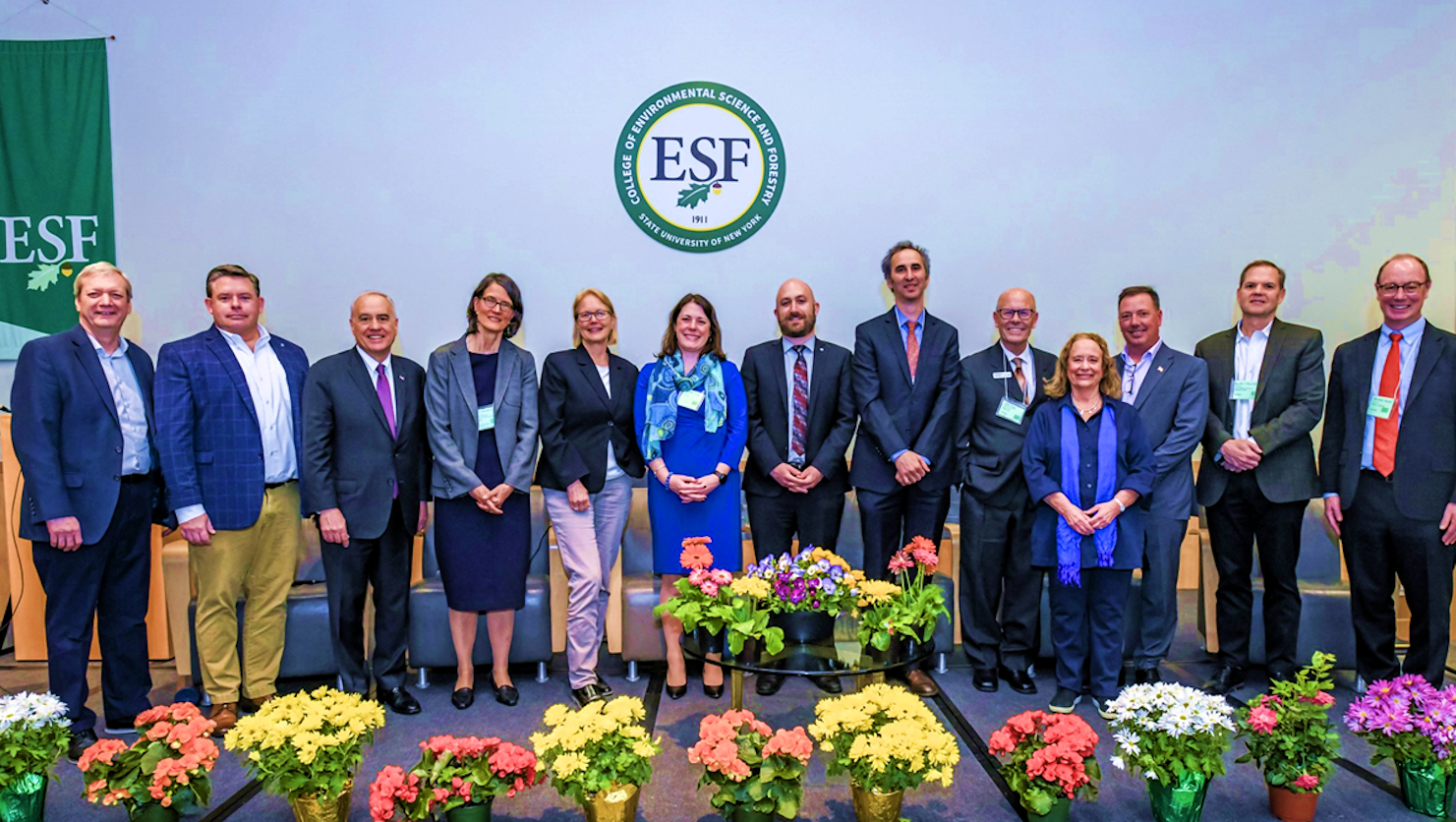
Union representatives John Murphy, Robert Vilches and Ed Draves were all in attendance at the NY-GEO conference and were sponsors of the event. That says a lot about the union backing for UTENs. Until 2022, I don’t recall a union presence at geothermal conferences.
Greg Lancette, the president of the Building Trades of Central New York, had a complimentary speaking spot with me at the Symposium on Energy in the 21st Century, held in Syracuse on April 12. Other folks in attendance included the New York state comptroller, the SUNY ESF president, and numerous other folks who carry influential positions in the state.
TENs closely mirror the efforts completed in the 1950s and 1960s to distribute natural gas pipelines throughout the country. During those two decades, 2.5 million miles of natural gas pipelines were laid in our streets, connecting more than 65,000,000 buildings to that energy source. The effort is presently being mirrored here with TEN pipelines.
This illustrates that it is a new day for the building trades in the United States. As a result of their good work, countless building trades are assured of plentiful and high-paying jobs for decades to come. With hundreds of thousands of members, they have great influence on legislators and can make things happen. It brings confidence to the plumbing and HVAC industries as they continue to roll out UTEN systems.
